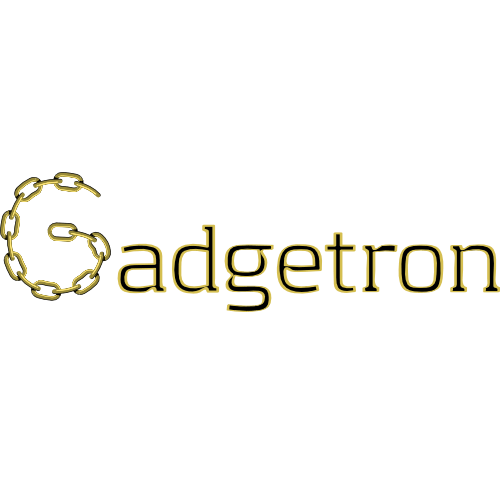Application
A medical image reconstruction framework
Contributors
Michael Schacht Hansen1, Thomas Sangild Sørensen2,3
Gadgetron is an open source framework for medical image reconstruction. It consists of two main components: First, a modular, high performance framework for streaming data processing through a set of modules or “Gadgets”. The framework can be configured dynamically by assembling these Gadgets to form a post-processing pipeline. Second, it provides a set of tool-boxes for common image reconstruction tools, data structures, iterative solvers, and GPU components. Gadgets are mainly implemented in C/C++, but the framework includes wrapper that allow the user to implement new modules in the Python scripting language for rapid prototyping. Although Gadgetron is independent from any imaging modality, the authors use it mainly for MRI applications. For this reason, it comes with high performance image reconstruction pipelines for many standard MRI sequences, and it supports the vendor independent ISMRM Raw Data format.
The Gadgetron platform features:
- Modularity and flexibility: Medical image reconstruction algorithms often consist of multiple steps. Gadgetron provides interchangeable modules that can be easily rearranged to follow the desired pipeline. Besides, Gadgetron allows the use of different data types, including different imaging modalities.
- Cross platform development and prototyping. The platform is independent to the operating-system so Gadgetron can be used regardless it runs on a medical imaging device, a personal computer or a server. While Gadgetron has been developed mainly in C++, modules developed in Python can be used as well. In this manner, changes can be made quickly and without recompilation during the development process.
- High-performance computing. A plugin architecture allows individual modules to be compiled and used on GPUs and emerging many-core CPUs.
- Deployment. It facilitates the deployment of newly developed reconstruction algorithms in clinical research environments.
- Transparency and customizability: The source code is publicly available which allows users to customize the modules to better suit their needs.
Publications
Affiliations
1Division of Intramural Research, National Heart Lung and Blood Institute, National Institutes of Health, Bethesda, Maryland, USA.
2Department of Computer Science, Aarhus University, Aarhus, Denmark
3Department of Clinical Medicine, Aarhus University, Aarhus, Denmark


